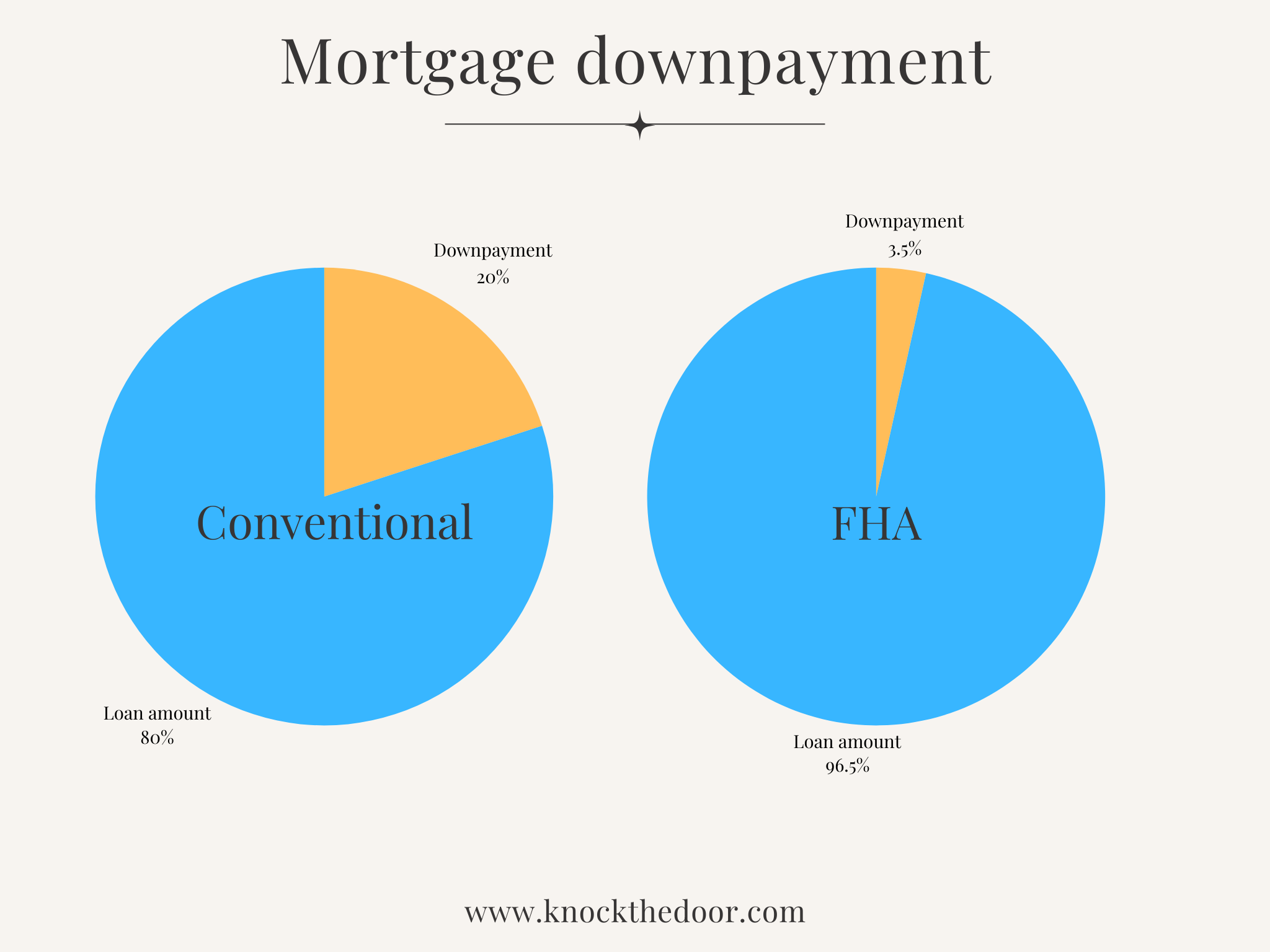The mortgage process involves several steps to help you secure a loan to purchase a property. Each stage requires careful attention to detail to ensure you meet lender requirements and close the transaction successfully. Here's a step-by-step explanation:
1. Pre-Approval (Optional but Recommended)
- What It Is: An initial evaluation by a lender to determine how much you can borrow based on your income, credit score, debts, and assets.
- Steps:
- Submit basic financial information (income, employment, and debts).
- Authorize a credit check.
- Outcome:
- A pre-approval letter indicating how much the lender is willing to lend.
- Strengthens your offer when buying a home by showing sellers you're a serious buyer.
2. House Hunting and Making an Offer
- What It Is: The process of finding a home within your budget and negotiating terms with the seller.
- Steps:
- Work with a real estate agent to find properties that meet your criteria.
- Use your pre-approval to guide your budget.
- Make an offer on a property and negotiate the terms.
- Outcome:
- Signed purchase agreement once the offer is accepted.
3. Mortgage Application
- What It Is: Formally applying for a loan after selecting a property.
- Steps:
- Complete the mortgage application with your chosen lender.
- Provide detailed documentation (e.g., tax returns, pay stubs, bank statements).
- Outcome:
- Lender begins processing your application.
4. Loan Processing
- What It Is: The lender reviews your application, verifies information, and prepares your file for underwriting.
- Steps:
- Verification:
- Employment and income verification.
- Review of credit history and assets.
- Appraisal:
- Lender orders a property appraisal to confirm the home’s market value aligns with the loan amount.
- Title Search:
- A title company ensures the property’s title is clear of liens or legal disputes.
- Verification:
- Outcome:
- File is complete and ready for underwriting.
5. Underwriting
- What It Is: The lender evaluates your financial risk and decides whether to approve the loan.
- Steps:
- Debt-to-Income (DTI) Ratio Analysis: Ensures you can afford the loan.
- Creditworthiness: Further review of your credit score and history.
- Collateral Assessment: Review of the appraisal to ensure the home’s value supports the loan amount.
- Outcome:
- Approval: Loan conditions are met.
- Conditional Approval: Lender requests additional documents or clarifications.
- Denial: Loan is rejected (reasons are provided).
6. Loan Approval and Closing Disclosure
- What It Is: Final loan approval and disclosure of terms and closing costs.
- Steps:
- Receive the Closing Disclosure at least three business days before closing.
- Review all terms, including interest rate, loan amount, monthly payments, and closing costs.
- Outcome:
- Loan is fully approved, and you’re ready to close.
7. Closing (Settlement)
- What It Is: The final step where ownership of the property is transferred to you.
- Steps:
- Attend the closing meeting with your lender, real estate agent, and attorney (if applicable).
- Sign all required documents (loan agreement, deed, etc.).
- Pay closing costs (via certified funds or wire transfer).
- Outcome:
- Loan funds are disbursed.
- The seller receives payment.
- You receive the keys to your new home.
8. Post-Closing
- What It Is: Managing your mortgage payments and responsibilities as a homeowner.
- Steps:
- Set up payments with your loan servicer (automatic payments are often available).
- Keep all closing documents for your records.
- Maintain insurance and pay property taxes.
Key Documents You'll Encounter
- Loan Estimate: Provided early in the process, detailing expected loan terms and costs.
- Closing Disclosure: Final summary of loan terms and closing costs.
- Promissory Note: Agreement to repay the loan.
- Deed of Trust/Mortgage: Secures the loan against the property.
Tips for a Smooth Mortgage Process
- Organize Your Financial Documents:
- Gather pay stubs, W-2s, bank statements, and tax returns in advance.
- Avoid New Debt:
- Don’t make large purchases or open new credit accounts during the process.
- Respond Quickly:
- Provide requested documents or information to your lender promptly.
- Understand Costs:
- Be prepared for upfront costs, including the down payment, appraisal, and inspection fees.
- Ask Questions:
- Don’t hesitate to ask your lender or agent for clarification at any step.

Disclaimer/Disclosures:
The information provided on this website is for general informational and educational purposes only and must NOT be construed as legal, financial, investment or any other expert advice. Real estate investing involves many risks; any content, presentations, pages, blog posts must not be construed as expert advise, results vary based on many many factors and variables.
We make no representations or warranties about the accuracy or reliability of the information provided.
Always consult a licensed expert, real estate professional and/or financial advisor about your real estate and investment decisions.
View our Disclosures, Privacy Policy and Terms & Conditions.




